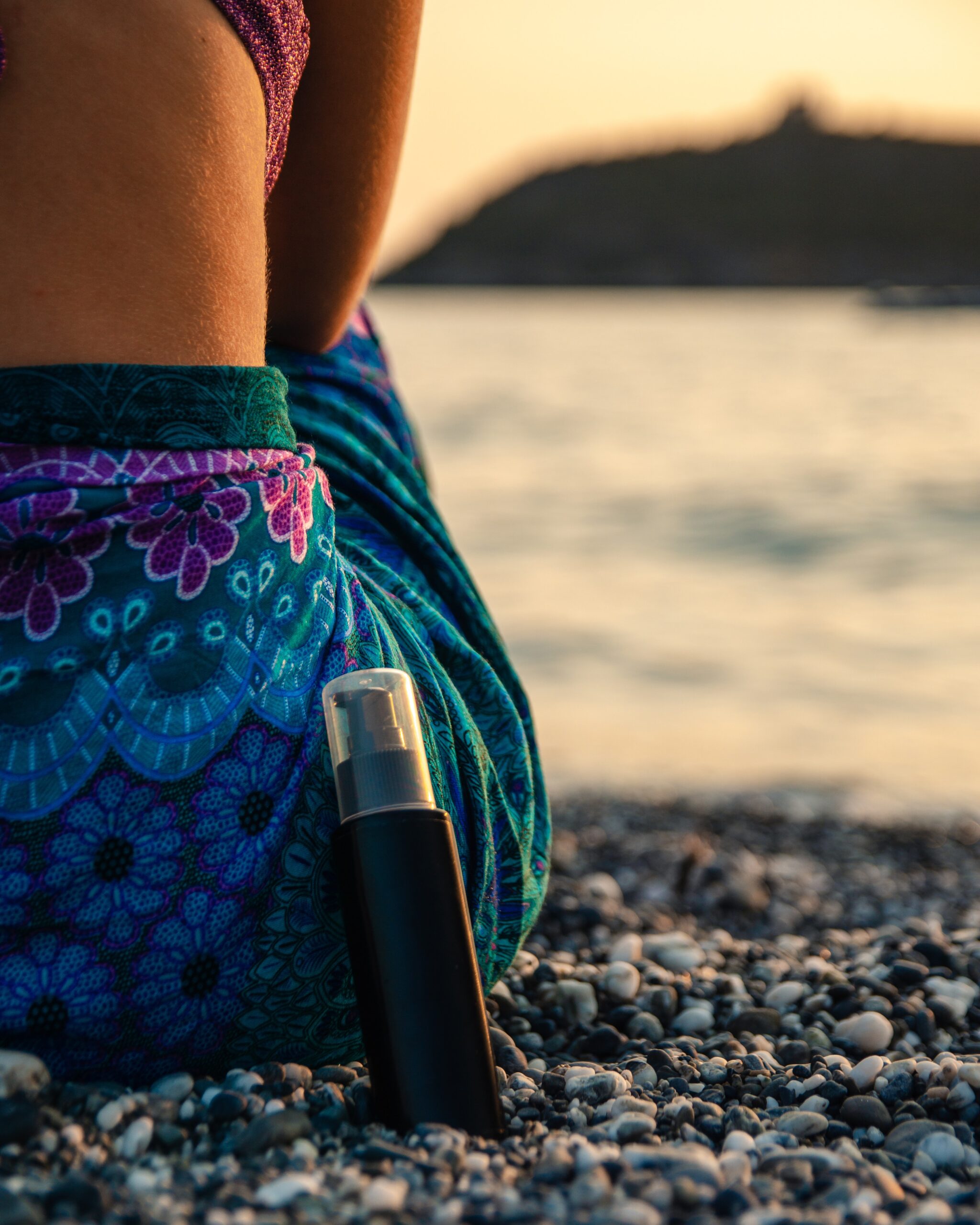BENZOPHENONE-3 SAFETY ASSESSMENT
In early 2019, a priority list of 28 potential endocrine disruptors (not already covered by the bans of cosmetic regulation) was established by the Commission. From these 28 substances, 14 were considered as higher priority (Group A), which included Benzophenone-3. The European Commission’s Scientific Committee on Consumer Safety (SCCS) was asked to assess their safety. Stakeholders submitted scientific evidence (during the call for data) aiming to demonstrate the safety of Benzophenone-3 as a UV filter in cosmetic products.
Although the Commission does not have specific provision on endocrine disruptors, it provides a regulatory framework with the aim to ensure a high level of protection of human health (European Cosmetics Regulation No. 1223/2009).
Benzophenone-3 is a benzophenone derivative that is used in cosmetics and personal care products as a light stabilizer, UV absorber and UV filter. According to the Cosmetics Regulation (No. 1223/2009), Benzophenone-3 is included in the list of UV filters allowed in cosmetic products (Annex VI, entry 4). It can be used as an UV filter in sunscreen products at concentrations up to 6% in ready for use preparation. It is also allowed in other cosmetic products to avoid formulation decay due to light, at concentrations up to 0.5%.
Benzophenone-3 is not considered as an ocular or dermal irritant, but it can cause photoallergic reactions (skin sensitization). It was considered non-teratogenic when tested in rats. In vitro and in vivo assays indicated that it does not possess (photo)mutagenic or (photo)genotoxic properties.
The SCCS concluded that the use of Benzophenone-3 up to a maximum concentration of 6% in sunscreen products (in the form of body cream, sunscreen propellant spray or pump spray) is not safe for the consumer. On the other hand, the use of this ingredient as a UV filter (up to 6%) is considered safe in face cream, hand cream and lipsticks. Moreover, the use of Benzophenone-3 to avoid formulation decay was also considered safe for the consumer at concentrations up to 0.5%.
The SCCS determined that a maximum concentration of 2.2% of Benzophenone-3 as a UV-filter can be considered safe in body creams, in propellant sprays and in pump sprays (provided that there is no additional use of this ingredient at 0.5% in the same cosmetic formulation to protect such formulation). In these types of sunscreen products, Benzophenone-3 is used at 0.5% to protect formulation. The concentration of this ingredient as an UV-filter should not exceed 1.7%.
When asked about further safety concerns, the SCCS stated that “whilst there are indications from some studies to suggest that BP-3 may have endocrine effects, the overall evidence is not conclusive enough at present for the SCCS to ascertain whether or not BP-3 is an ED substance, and this warrants further investigations”.
In sum, it is expected in the near future that Benzophenone-3 use will be further restricted in the Annexes of the European Cosmetic Regulations.
References:
- Regulation (EC) No 1223/2009 of the European Parliament and of the Council of 30 November 2009 on cosmetic products – https://ec.europa.eu/health/sites/health/files/endocrine_disruptors/docs/cosmetic_1223_2009_regulation_en.pdf
- Scientific Committee on Consumer Safety (SCCS) – Opinion on Benzophenone-3 (CAS No 131-57-7, EC Nº 205-031-5). 2021 – https://ec.europa.eu/health/sites/health/files/scientific_committees/consumer_safety/docs/sccs_o_247.pdf
- European Commission – Communication from the Commission to the European Parliament, the Council, the European Economic and Social Committee and the Committee of the Regions; Towards a comprehensive European Union framework on endocrine disruptors; Brussels, 7.11.2018 – https://eur-lex.europa.eu/legal-content/EN/TXT/?qid=1553707706598&uri=CELEX:52018DC0734
- European Commission – Report from the Commission to the European Parliament, the Council and the European Economic and Social Committee, in accordance with Article 138(7) of REACH to review if the scope of Article 60(3) should be extended to substances identified under Article 57(f) as having endocrine disrupting properties with an equivalent level of concern to other substances listed as substances of very high concern – Brussels, 20.12.2016 – https://eur-lex.europa.eu/legal-content/EN/TXT/PDF/?uri=CELEX:52016DC0814&from=EN
- European Commission – Call for data on ingredients with potential endocrine-disrupting properties used in cosmetic products, 2019 – https://ec.europa.eu/growth/content/call-data-ingredients-potential-endocrine-disrupting-properties-used-cosmetic-products_en














